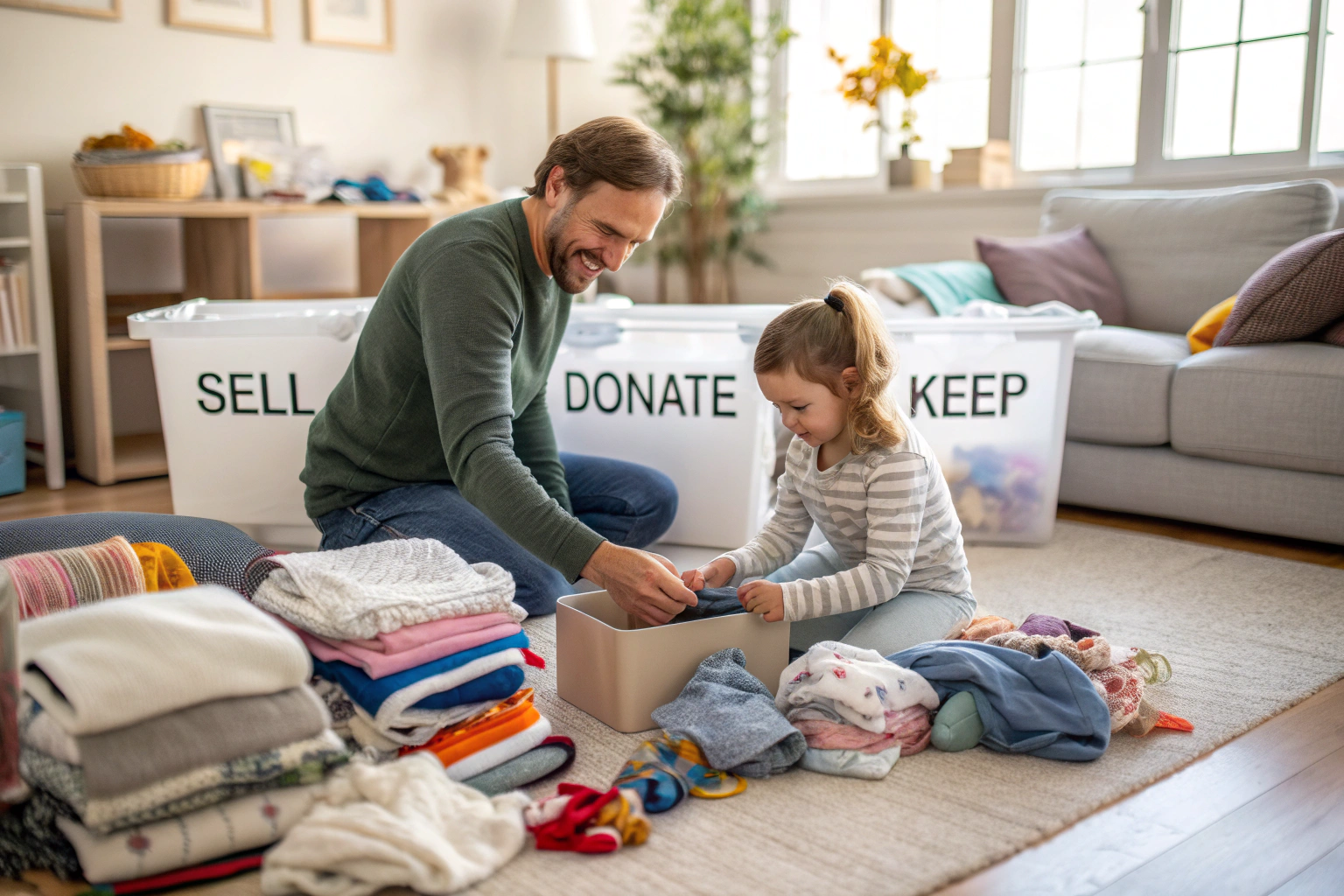If you’re a parent or retailer sitting on piles of outgrown kids’ clothes, you’re not alone. Children outgrow outfits so fast that many items are barely worn—leaving closets packed with quality pieces that deserve a second life. Selling used children’s clothing isn't just a way to earn extra cash—it’s a sustainable step that reduces textile waste and helps other families afford stylish garments.
The best way to sell used children’s clothing is to combine online resale platforms like Kidizen and Poshmark with local consignment stores, social media groups, and curated donation options. Choosing the right method depends on your time, effort, and the condition of your clothes.
In this article, I’ll walk you through the smartest ways to sell secondhand kidswear, the pros and cons of each platform, and how to prepare clothes to boost your earnings.
What are the best online platforms to sell used kidswear?
Selling secondhand kids’ clothes online is now easier than ever thanks to specialized apps and resale platforms.
Popular online platforms for used children's clothing include Kidizen, Poshmark, Mercari, and eBay. These websites offer wide reach, simple listing tools, and secure payment systems.
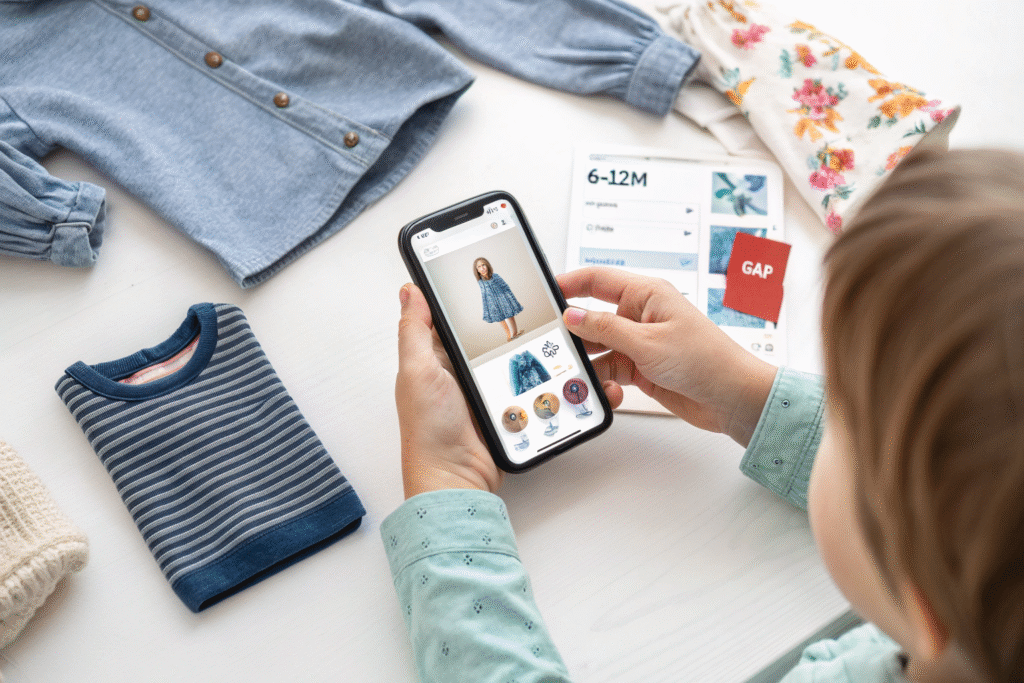
What makes Kidizen ideal for kidswear resale?
Kidizen is designed specifically for secondhand children's clothing and accessories. The app makes listing easy, offers shipping support, and even provides a managed selling service for busy parents. Popular brands like Hanna Andersson and Mini Boden perform especially well.
Their seller dashboard also offers insights into trending sizes and categories, helping you maximize your pricing strategy.
How does Poshmark work for selling used kids clothes?
Poshmark started as a women’s fashion app but has grown to include a robust Kids section. You can list toddler dresses, boys’ tees, and even shoes in seconds.
The downside? You’ll need to ship each item individually and be active to make regular sales. But for branded and seasonal items, it’s a strong channel with good buyer trust.
What local options are available to sell kidswear?
Not every parent wants to deal with packaging and shipping. That’s where local resale methods shine.
Selling children’s clothes locally through consignment stores, Facebook Marketplace, or community swaps saves time and eliminates shipping.
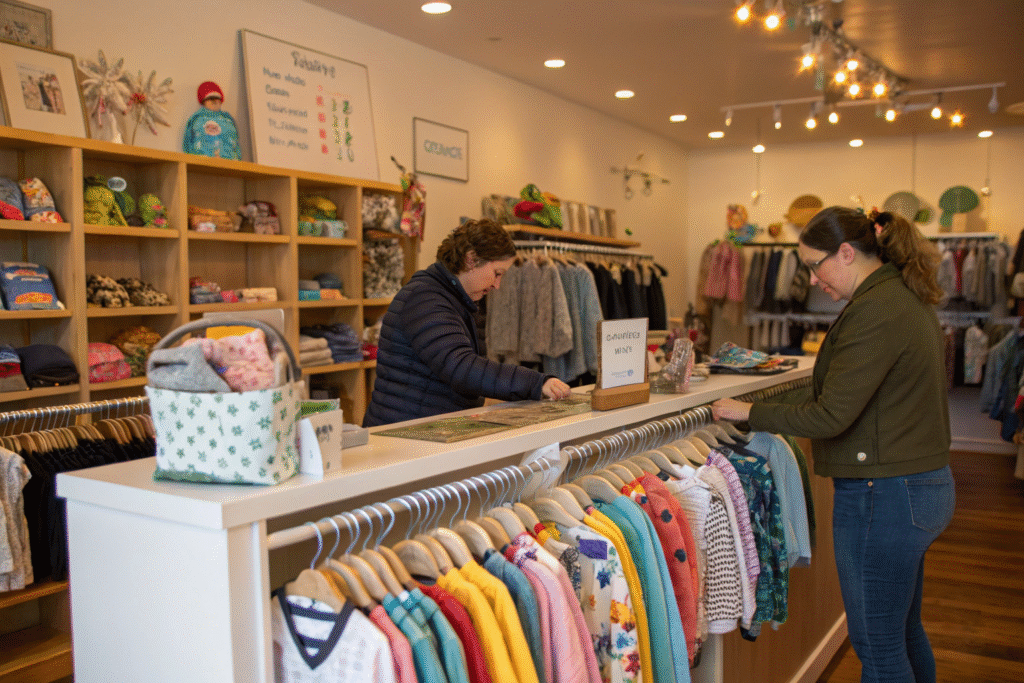
What are the best consignment store chains?
Stores like Once Upon a Child accept gently-used baby and kids’ clothes, toys, and shoes. You’ll get paid in cash or store credit. It’s convenient and fast, especially if your items are sorted by size and season.
Other regional chains may vary in payout rates, but many parents find they offer better returns than garage sales.
How does Facebook Marketplace help?
Facebook Marketplace lets you list bundles of children’s clothes for local pickup. It works especially well for baby clothes (e.g., “Newborn–12M lot for $30”) or eventwear like flower girl dresses.
Use neighborhood-specific groups and always meet in public or porch-drop style for safety.
How can you prepare used kids’ clothes for sale?
Before you list or drop off items, presentation matters. Clean, organized clothes sell faster and for better prices.
Wash and iron garments, group by size and season, and photograph in natural light. Include brand, size, and condition details in your listing.
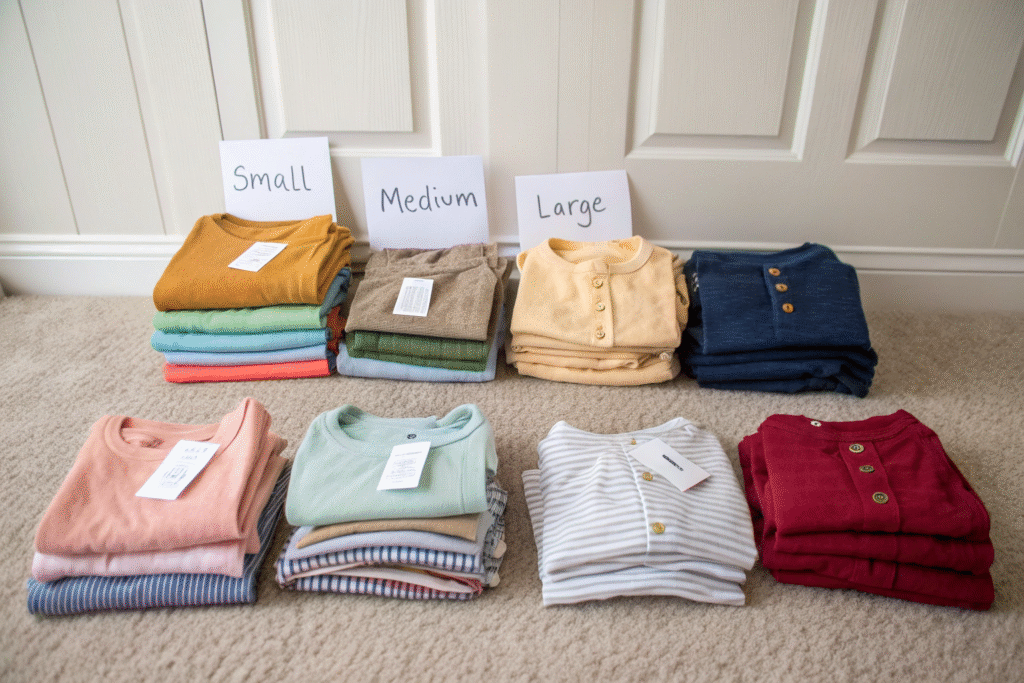
What helps secondhand listings stand out?
Good lighting, keyword-rich titles (“6T GAP boys hoodie EUC”), and full condition descriptions (“washed once, no stains”) make your listings trustworthy. According to ThredUp, high-quality photos can increase resale value by up to 50%.
We also recommend adding style tags like “neutral,” “holiday,” or “organic cotton” to attract eco-conscious parents.
How do you set fair prices?
Check what similar items are selling for using search filters on eBay or Kidizen. Rule of thumb: price at 30–50% of the original retail unless it's a designer item or unworn.
If you’re unsure, start high and adjust down. Many platforms also offer pricing guidance tools.
Are there alternatives to selling?
Sometimes, it’s better to donate, swap, or repurpose gently used kidswear instead of selling it.
If items don’t sell quickly, consider donating to nonprofit thrift stores, joining local swap groups, or using fabric recycling programs.
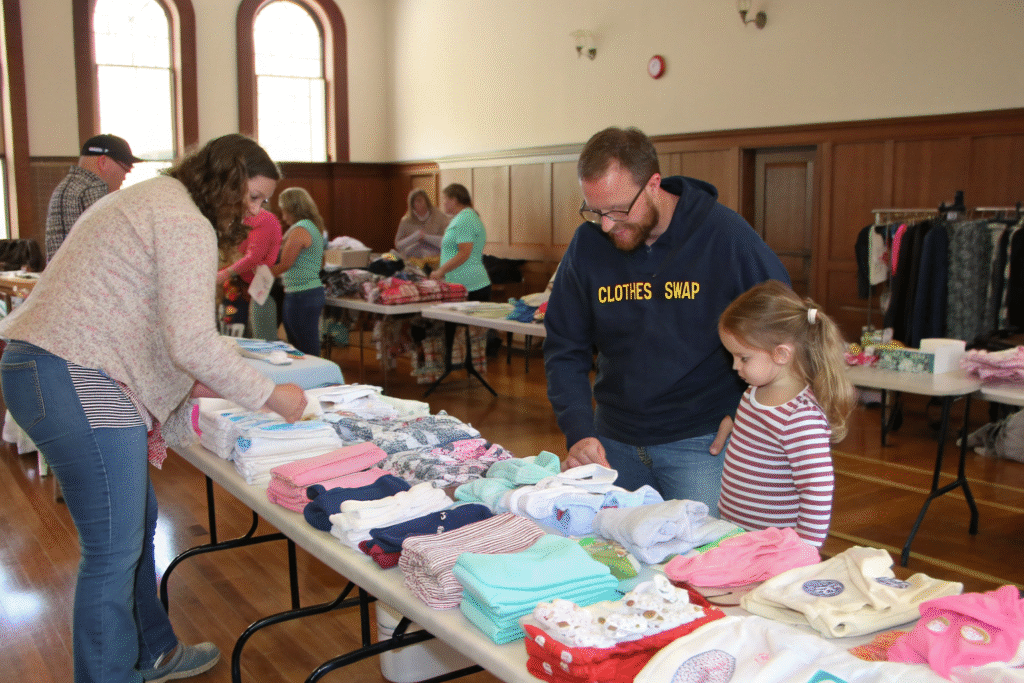
Where can you donate used children’s clothing?
Organizations like Baby2Baby and Goodwill accept gently used children’s clothing and distribute them to families in need. Always check donation guidelines, as some only accept in-season items.
You can also partner with local shelters or schools organizing seasonal drives.
How do clothing swaps work?
Community groups and parenting circles often host swaps where you bring a bag of clothes and leave with new sizes for your child. Apps like Bunz or local Facebook Groups support clothing exchanges.
It’s a great way to keep clothes circulating without spending or earning—but it builds community and cuts waste.
Conclusion
Selling used children’s clothing is a smart, sustainable, and often profitable way to clear space and help other families. Whether you list on Kidizen, drop off at a consignment store, or host your own clothing swap, there’s a method that fits your time, goals, and inventory. As a clothing manufacturer and a parent, I believe the lifecycle of a garment shouldn’t end after one child. Pass it on, profit if you can—and feel good doing it.

